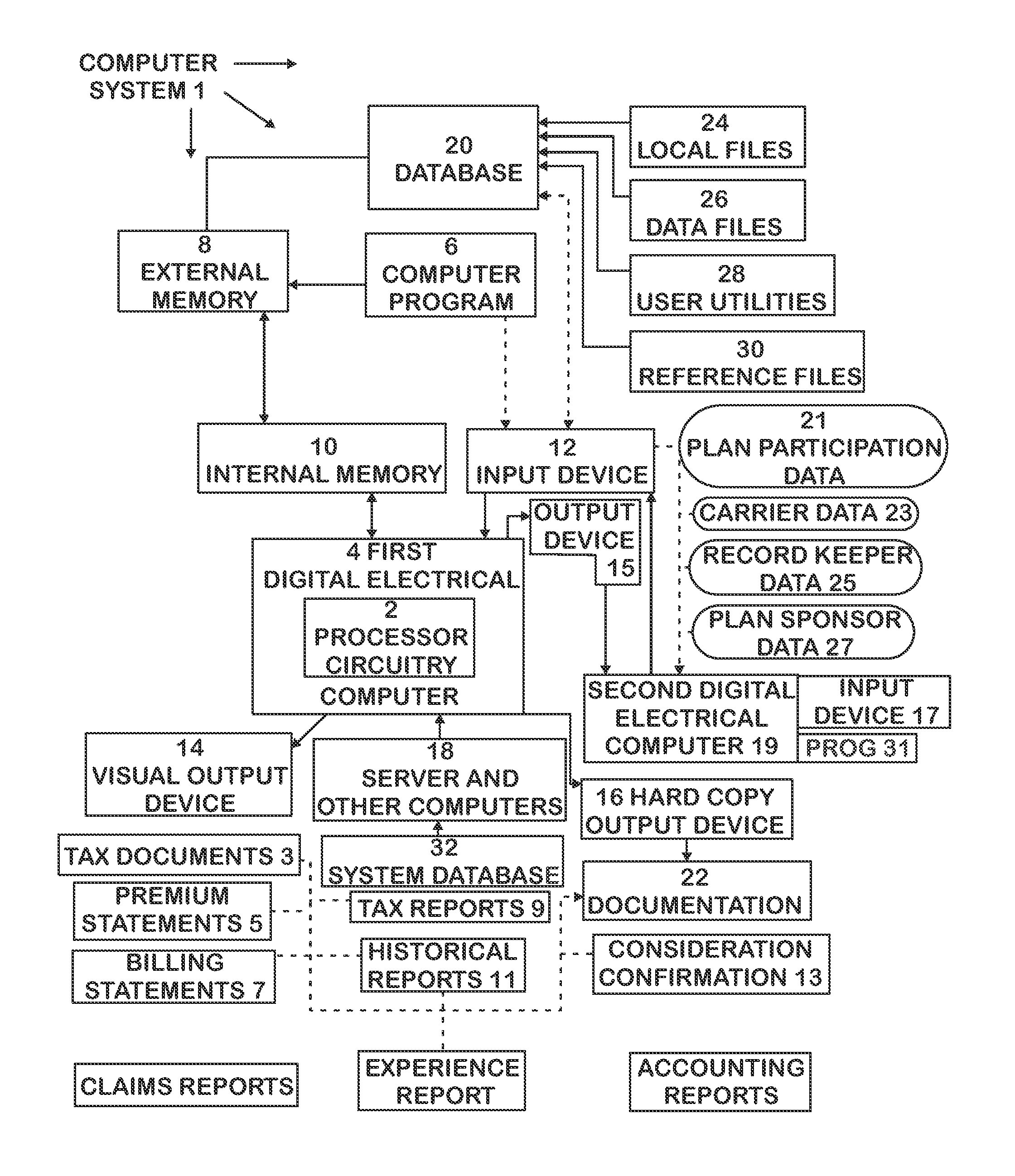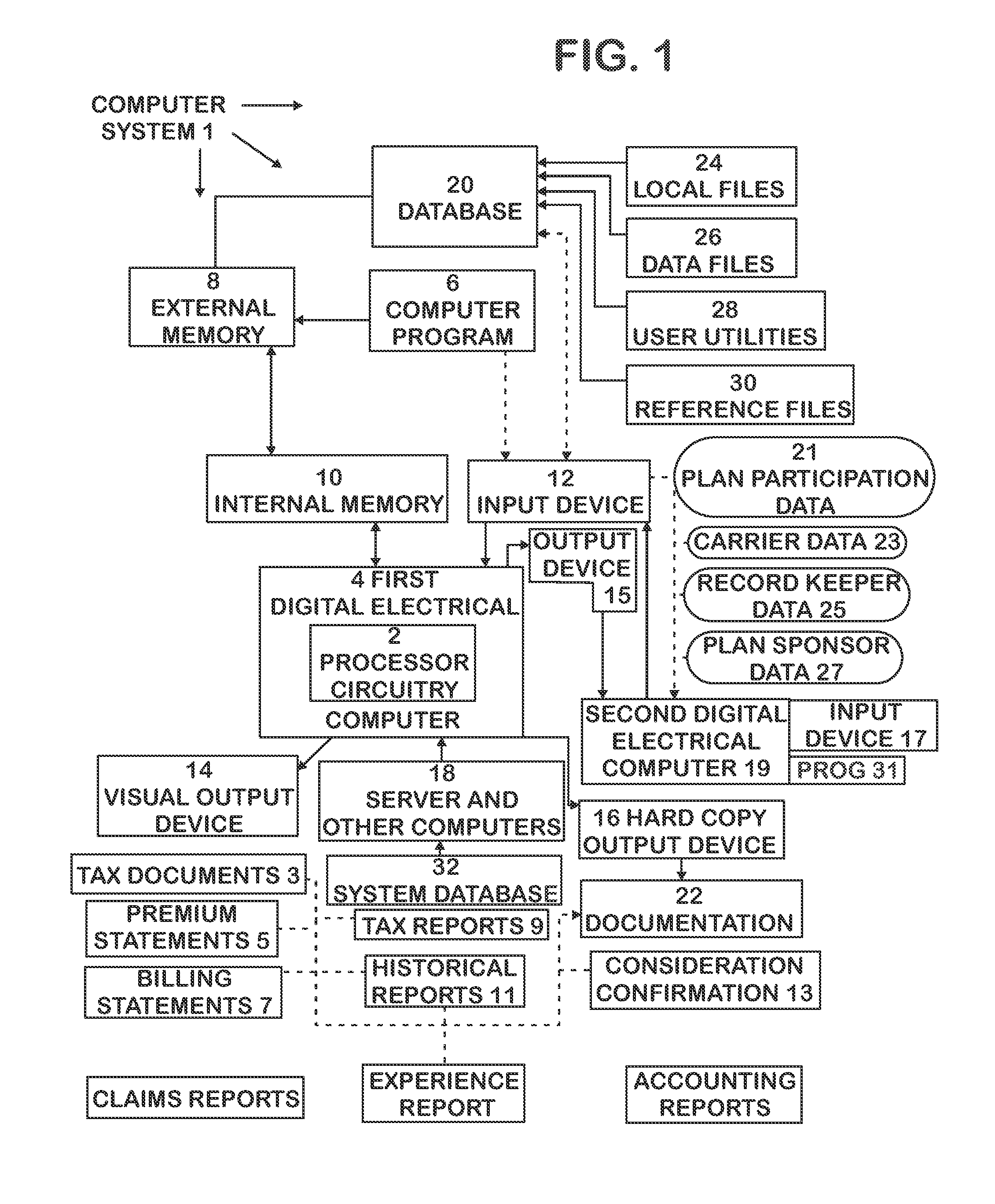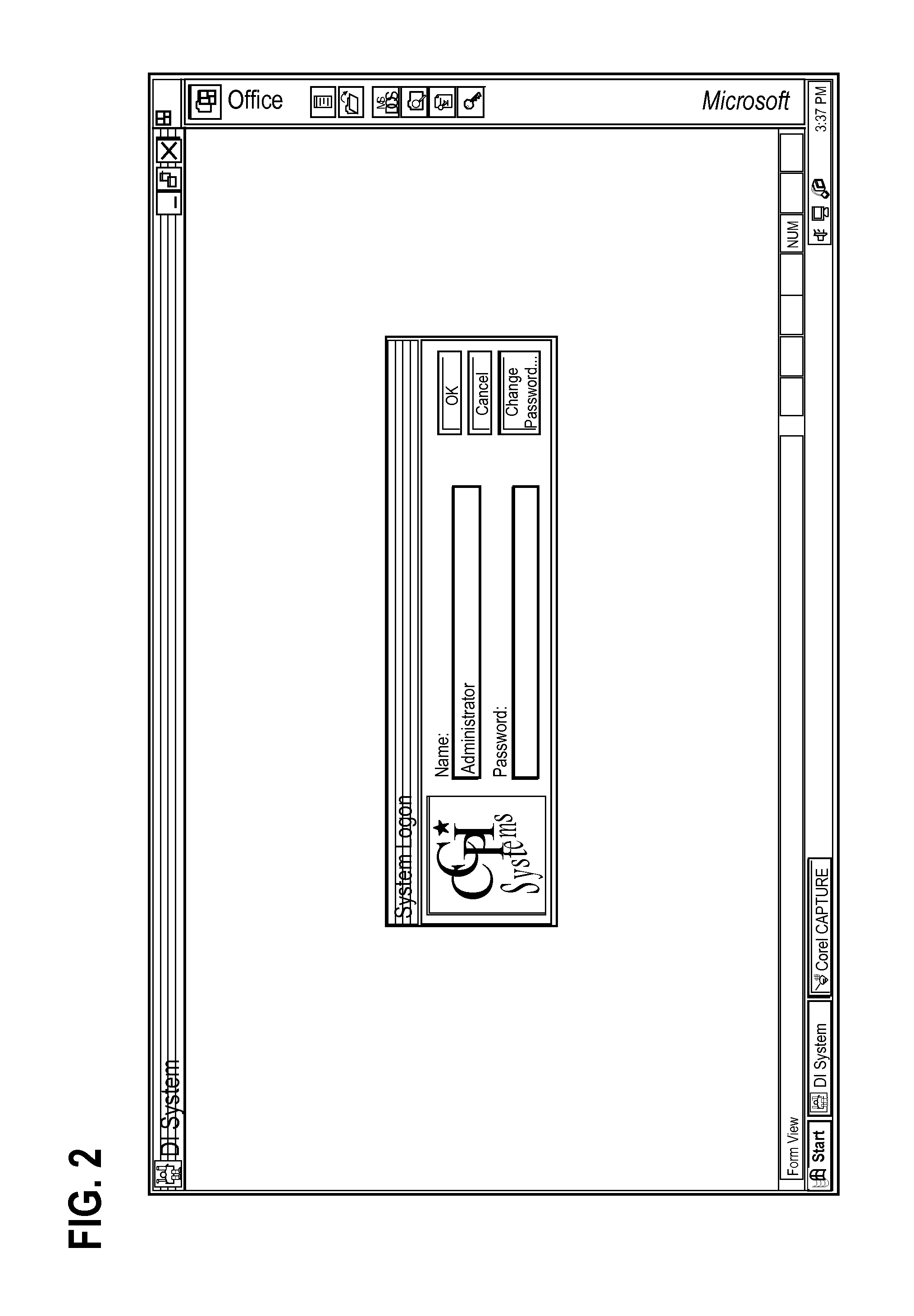Employees often pay less attention to and appreciate less defined benefit plans—despite the fact that they may cost the employer more and prove more valuable to the employee.
Consequently, employers are becoming increasingly cost conscious about all benefit offerings.
Additionally, there has been an enormous increase in the number of highly compensated employees participating in non-qualified retirement plans due to benefit restrictions in qualified plans.
In contrast, employers offering defined contribution pension and profit sharing plans have not historically provided an undiminished retirement benefit in the event of disability.
Because of the recent shift from a pre-dominate reliance on defined benefit plans to more and more reliance upon defined contribution plans, millions of American employees are at risk of losing a significant portion of their retirement benefits in the event of disability (spouses and dependents are also at risk).
However, there are several legal hurdles that make this difficult to accomplish.
Some carriers have, on a very limited basis, provided coverage to highly compensated employees external to defined contribution plans.
To date, disability policies have not been made available to the entire employee
population of a defined contribution plan—either within the defined contribution plan or external to the plan.
To date, disability policies have not been made available to participants (either to all plan participants or even a sub-grouping of plan participants) within a defined contribution plan.
Historically, disability policies offered to protect participant contributions (employer and or employee paid) to defined contribution plans, have been made available only on a very limited basis (i.e., never offered to more than ⅓ of a plan's participants).
Other carriers are not prepared to offer individual policies on a guaranteed issue basis.
Their outside legal counsel discovered that the way they structured the policy offering within the 401(k) plan caused the 401(k) plan to be in violation of ERISA rules—thus subjecting the sponsoring employer to potential fines or plan disqualification.
In the few situations where employers have consented to allow the carrier to offer the rider to their employees, participation has been extremely low.
Therefore, disability insurers have not developed computer systems to cover all employee participants of defined benefit pension plans.
Historically, the computer systems used to provide disability coverage and administer it on an ongoing basis has been limited by needs attendant to the scenarios described above.
Although several carriers have attempted expand from these traditional markets into the defined contribution plan market by offering some form of protection to participants, thus far they have been largely unsuccessful.
None of the carriers trying to enter into the disability coverage for defined contribution plan market have figured out what is required to offer coverage in the plan.
None have figured out what it takes to offer disability coverage to all participants of defined contribution plans—either in the plan or external to the plan.
None have identified what is required to efficiently deal with a all of the additional laws pertaining to the ongoing tax law and labor law qualifications of each type of qualified defined contribution plan.
Because a full knowledge of the rules is required in order to assure ongoing defined contribution plan compliance and qualification, none have been able to offer a disability product (either group or individual) to employers or employees other than on a basis where the rules can not be violated (i.e., outside of the plans to a small group of participants).
Furthermore, traditional IRAs only provide favorable federal income tax deductions to those individuals who are not participants in employer-sponsored qualified retirement plans.
Private disability coverage, whether sponsored by employers or purchased directly by individuals have overall coverage limitations.
Insurance companies can be reluctant to provide a higher percentage of coverage due to the risk that a disabled insured will have insufficient economic incentive to go back to work.
Because people who have private disability coverage are likely to receive 66⅔% or less of pre-disability income during disability, they are unlikely to be able to continue contributing to IRAs at pre-disability levels without worsening their present financial hardship.
Of course, millions of Americans have no private disability coverage at all, and social security provides a modest disability benefit, but has an extremely difficult definition of disability qualification to meet.
It is undesirable for the benefits to be at the immediate disposal or discretion of the disabled participant when the disability occurs.
Firstly, the combined coverage may exceed the intended maximum of the insurance company or other benefit provider.
Also, the participant may squander the benefit on current expenses and still suffer diminishment of retirement benefits.
There is a danger that the participant will squander benefits prior to retirement even if the benefit is payable to the IRA instead of to the participant.
If the disability benefit is contributed into a vehicle with either nondeductible contributions or currently taxable investment growth, the participant will suffer diminishment of retirement benefits.
However, we believe there are practical economic drawbacks to all of these approaches.
Given that the maximum annual IRA contribution for an individual under current law is only $2,000 ($5,000 under proposed legislation), the cost of having dollars flowing into either a trust or
annuity with special restrictions, is likely to be prohibitive in relation to the benefit.
This may set the stage for a lack of availability of such a plan in connection with IRAs today.
Once again, the insurance company may take the risk associated with delivering benefits at the promised growth rate and may issue the policy either on participating or non-participating basis.
There are no known
computer software systems available to track the growth or hypothetical growth of deferred disability benefits at either fixed rates or rates tied to indices with the risk for attaining such growth borne by the insurance companies (either with a participating policy or a non-participating policy), reinsurance companies, mutual fund companies or any other company.
There are currently no known systems available to track the growth of deferred disability benefits with the growth of the deferred disability benefits tied to investment options selected by the disabled participant with the investment risk borne by the participant.
There are no known
computer software systems that calculate reserves, profits, losses, loss ratios, liabilities, or other actuarial factors for disability policies or benefits with benefits deferred until retirement or other specified period.
There are no known
computer software systems designed for primary insurance companies (insurance companies issuing the deferred disability policy) designed to interact on an automated basis with the computer
software systems of reinsurance companies reinsuring deferred disability coverage.
There are no known computer
software systems available to provide accounting,
record keeping or other administrative processes to insurance companies, reinsurance companies, mutual fund companies or any other company desiring to offer disability policies with benefits that are deferred until retirement or early retirement.
In such cases, it may be undesirable to purchase two or more separate policies (one in each of the plans qualified under Internal Revenue Code Section 401(a)) for each participant.
This would likely involve unnecessary duplication of certain expenses such as policy administration fees.
Payment of such consolidated coverage at the time of disability may not always comply with funding limitations for the selected plan.
In recent years, politicians and others have opined that the current U.S. social security retirement
system is heading toward fiscal crises.
Some believe that the financial danger is attributable to both the changing
demographics of the working
population (the ratio of people who are employed to the people who are receiving social security retirement benefits has been steadily dropping for decades) and the low investment performance of current social security plan assets.
Historically, social security has not maintained or administered individual retirement accounts.
In light of the future financial problems of the current U.S. social security retirement
system, legislation reforming the current
system seems almost unavoidable.
The existing Social Security Administration computer
software system(s) doesn't administer (
record, process, measure, facilitate, manage, etc.) disability benefits based upon individual social security retirement accounts because the system doesn't maintain individual retirement account records at all.
In fact, currently no known computer
software system exists to administer individual social security retirement accounts.
While the study was optimistic regarding the cost and feasibility of a computer system to administer such accounts, no such system currently exists.
Most of the authors agree that it is feasible, however, there is considerable disagreement as to the feasibility of certain approaches.
 Login to View More
Login to View More  Login to View More
Login to View More 


